Launch of Chinese Space Station postponed to 2019
Сhinese orbital station Tiangong-2 was launched on Sept, 15, 2016. It is testbed for the future multi-modules permanent space station. After successful manned expedition, when two taikonauts spent 30 days on board, on April 20, China launched its first cargo vessel - Tianzhou-1, which docked with station on April, 22. The docking went in automatic mode. During the following days, Tianzhou-1 refuelled station - very important operation for future permanent station - ISS is being regularly refuelled from Russian Progress cargo vessels. Success of these tests is another milestone for the main goal - launch of orbital station.
Future chinese space station with docked Shenzhou capsule
Test spacecrafts Tiangong-1 and 2 are not permanent, but "visited" stations. Visiting crew used only resources, brought with them, or launched together with station. With cargo vessels Tianzhou, China can launch station with shifting crews - Tiangong cannot do it still, because it has only one docking port - manned vessel or cargo vessel, but not both.
Image: China Mannded Space Engineeging - Tiangong-2 docking with cargo spacecraft Tianzhou-1
Usually, China Space Agency does not publish detailed plans in advance, but there is on interesting feature: in press release about cargo vessel it was said that Tianzhou-1 carries about 6 tons of cargo. But there is not crew on board of the station, so who will unload this cargo. Well, this possibly could be done automatically with robot arm.
Screenshot from CCTV - Cargo compartment of Tianzhou-1 with boxes
Screenshot from CCTV - arrow points at long robotic arm - possibly, this arm will take boxes from cargo vessel and take them into the station. Very interesting feature, if true, nobody did it before.
Launch of the core module initially was planned to 2018, but last week Chinese Space Agency rep said, that it will be postponed to 2019.
After launching core block, two laboratories will be docked to it in 2022. Total mass then will be 70 tons.
Image: China Space Agency
But this is not all. On the same orbit with station will be launched space telescope Xuntian, with primary mirror 2 - 2.4 meters across, which will allow it to make images with resolution of Hubble telescope, but with 300 times larger point of view. Its orbit will in several kilometers away from the station. Xuntian's unique feature is a docking port installed at its rear. This would allow for it to be moved close to the Tiangong 3, and dock it to the laboratory module, allowing taikonauts easy access to Xuntian's interior.
Image: Wikipedia RU
For further reading: http://www.popsci.com/chinas-space-station-plans-in-powerpoint-closer-look-at-tiangong-3
https://vk.com/chinaspaceflight (in Russian)
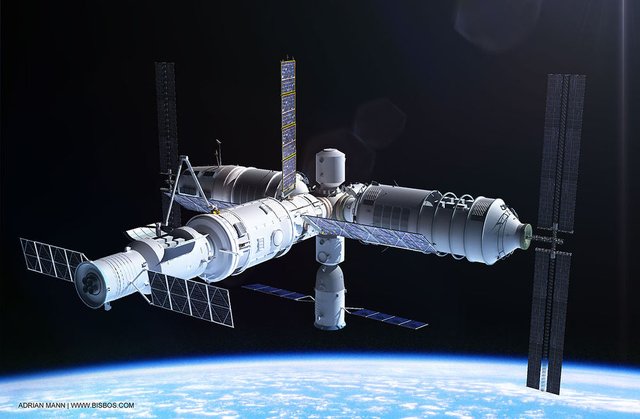
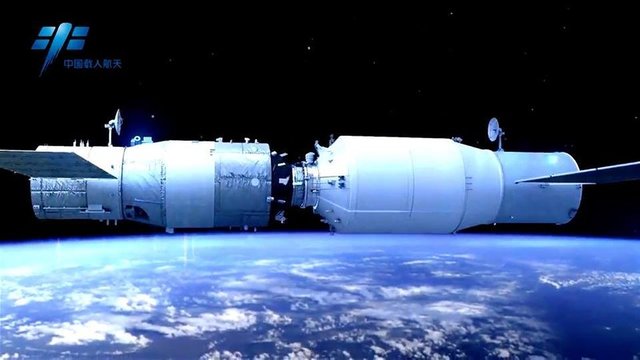
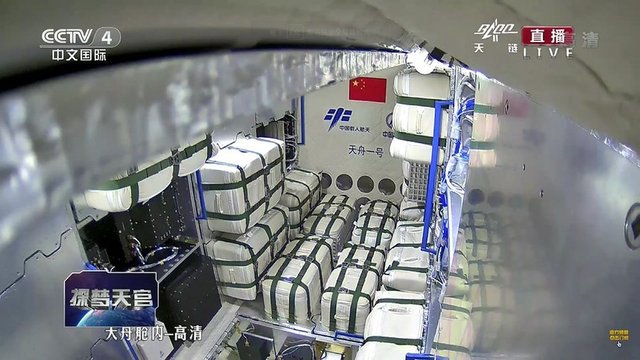
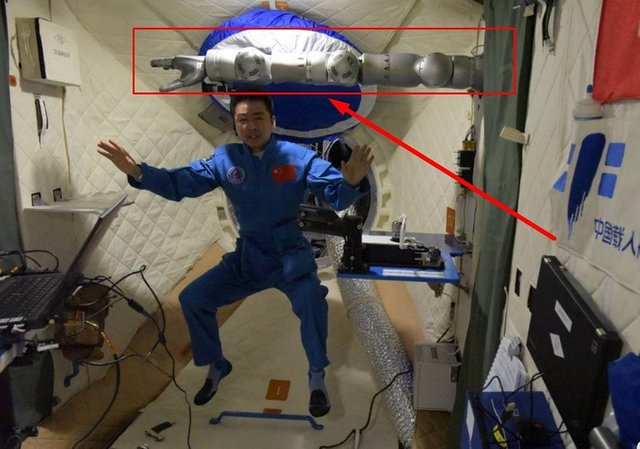
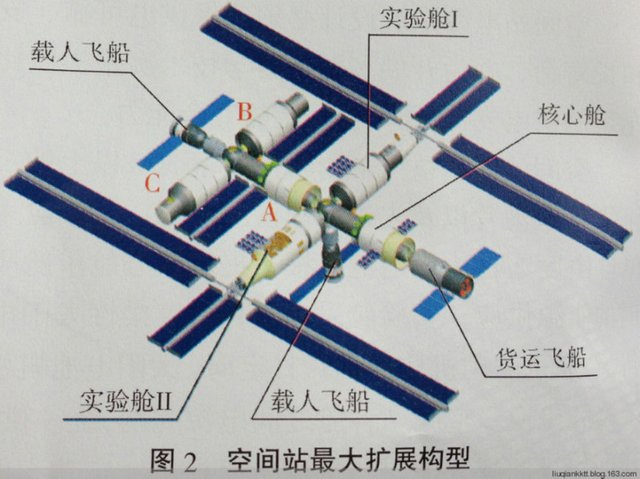
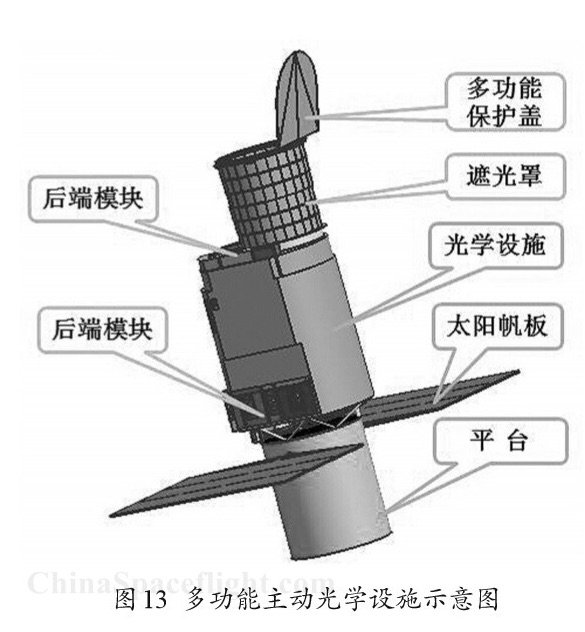
I hope the USA can get back in the game.
It was not real. Just for demonstration. Just in order to make it more real. Cargo was a mock.
https://spaceflightnow.com/2017/04/27/tianzhou-1-freighter-achieves-chinas-first-in-space-refueling-demo/
Yes, mockup, but robotic arm inside living quarter is real. There are many screenshots where this arm is in different positions, and it's long enough. I suggest that they may try to use it for cargo unloading.
That is the first time I see the arm. I didn't see it in previous articles I read about the Chinese station (I am confused by their names xDD).
There is also a robot in the ISS. So it shouldn't be so rare to see another one in the Chinese one.
But your point makes sense to me. However, I think that is purely experimental and not for doing real tasks at the station.